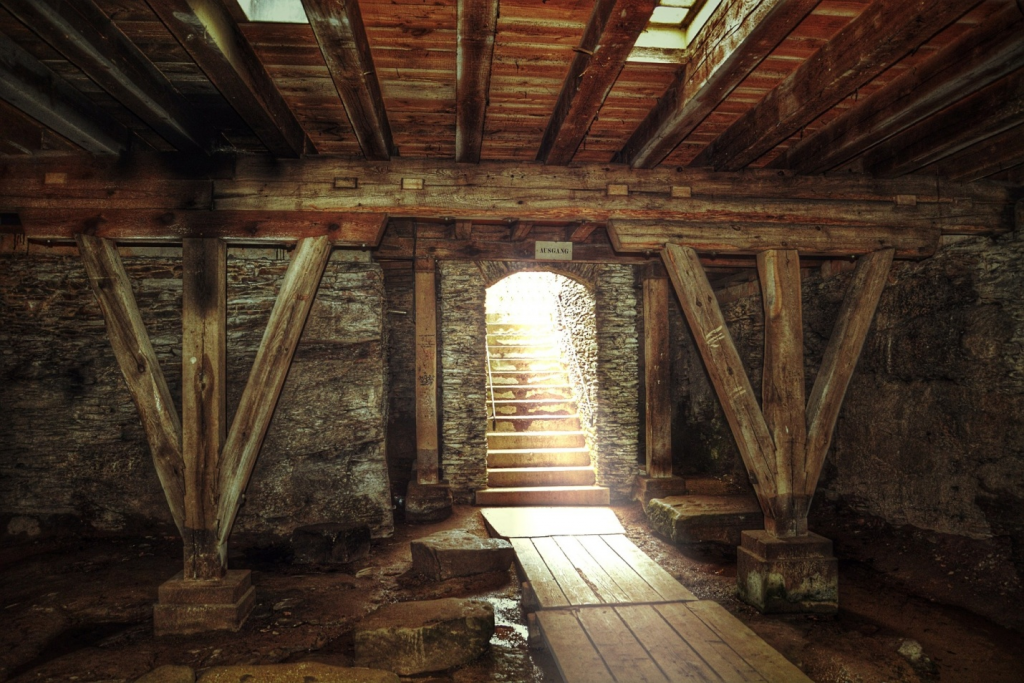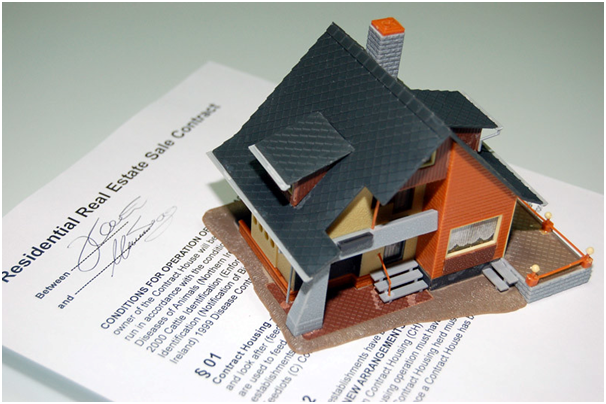Wood is arguably one of the best materials you can use for furniture and structural support for buildings, and it has, in fact, been a popular material for hundreds – even thousands – of years. From dining room tables and chairs to shelves and cabinets as well as beams, wood is well worth the investment, especially if you make use of one of the sturdiest and hardiest woods around: oak. But when you use oak and other types of wood for structural support, it can be more difficult to determine when it has become damaged and has started to deteriorate, unlike wood furniture which shows wear and tears more easily. Beams are set high on the ceiling, in most cases, and it can be a challenge to keep them clean, much less inspect them for deterioration. But keeping your wood beams in good condition should be a priority, so here’s your best and most useful guide to taking care of older oak or wood beams.

Cleaning
It’s a fact that cleaning oak beams or other wood beams require a bit of effort, and you also have to remember that these beams can be delicate and care has to be taken when cleaning them. Before you can begin cleaning the beams, you should dust them first to be sure that they are free from dirt on the surface. Once this is done, you can opt for chemical-free blasting or soda-blasting, which can remove old paint and varnish as well as damage caused by smoke. Since blasting is quite precise, you don’t have to worry about causing damage to nearby beams, either, and you can easily concentrate on a certain portion or area.
If you want to use something more natural to clean your beams, you can mix two parts of water with a portion of vinegar and use a spray bottle to spray the mix onto a rag. Then you can just wipe the rag on the surface to clean it.
Restoring
If you are thinking of how you can restore really old oak beams and other wood beams, one of the best things you can do is remove their old finish. The finish can make the beams look older and more damaged since it is on the surface of the wood. You can use natural beeswax for this. Beeswax can penetrate deeply into the wooden beam, and it can also protect and reinforce the beam so it will not suffer from too much damage in the future, as confirmed by the experts in beam restoration from Bespokebeams.co.uk.
You can make your own beeswax polish by grating some beeswax, placing it in a jar or container, then covering it with turpentine. Let it sit through the night, and in the morning, shake it well. The turpentine will serve to dissolve the beeswax, creating a great polish. If the beams have holes due to prior infestation, you can make a thinner polish by adding extra turpentine and then brush this onto the holes or cracks to fill them.
Of course, if you are not entirely sure how you can restore your old beams and would like it to be done by an expert, you can get in touch with one – but it would be best to choose a restoration expert who makes use of gentler and more natural methods as well.

